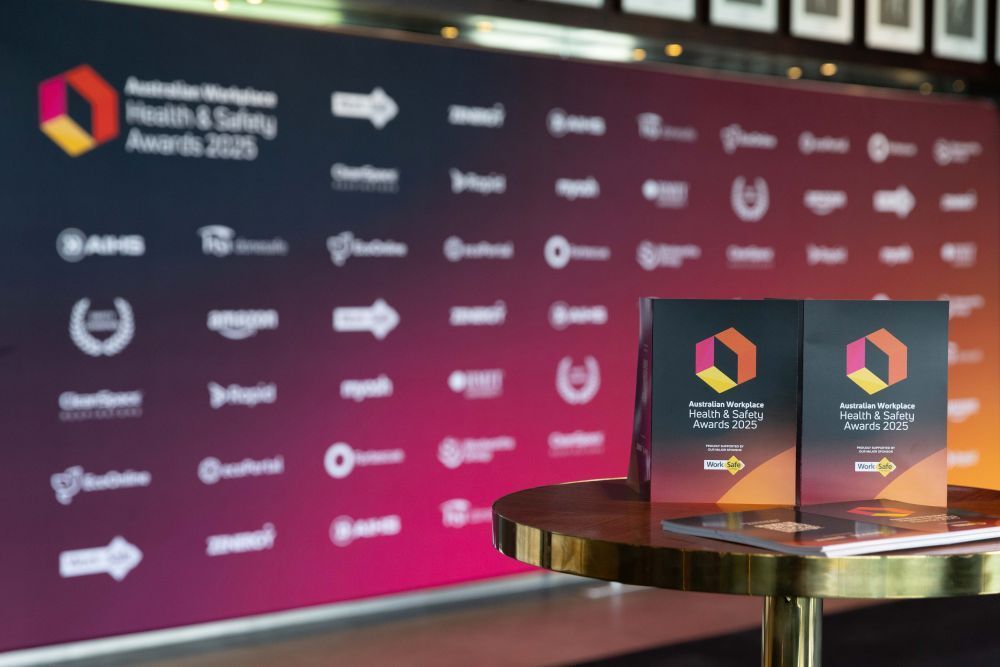2019: These Three Wellbeing Trends Are Here
2019: These Three Wellbeing Trends Are Here

As the 2018 year comes to an end, we all have a choice on whether we ruminate over the past year or look forward to the upcoming year and apply the lessons we have learned.
I prefer to do the latter and believe the workplace of the future needs to be cultivated now.
But taking a fresh start provides organizations enormous opportunity to create a thriving culture and improve their workplace cultures to attract, engage and retain talent successfully. There are three big wellbeing and culture trends that will influence how organizations shape their employee experiences in the new year:
- Wellbeing is a strategy and a responsibility;
- Personalization and relevancy are key – gone are the days of “burpees and broccoli” only programs; and
- Realizing and acting on the fact that HR does not own wellbeing and employee experience alone – everyone does.
Wellbeing is a strategy AND a responsibility.
Personalization and relevancy are key, gone are the days of “burpees and broccoli” only programs.
Realizing and acting on the fact that HR does not own wellbeing and employee experience alone – everyone does.
Originally posted on Forbes.com






